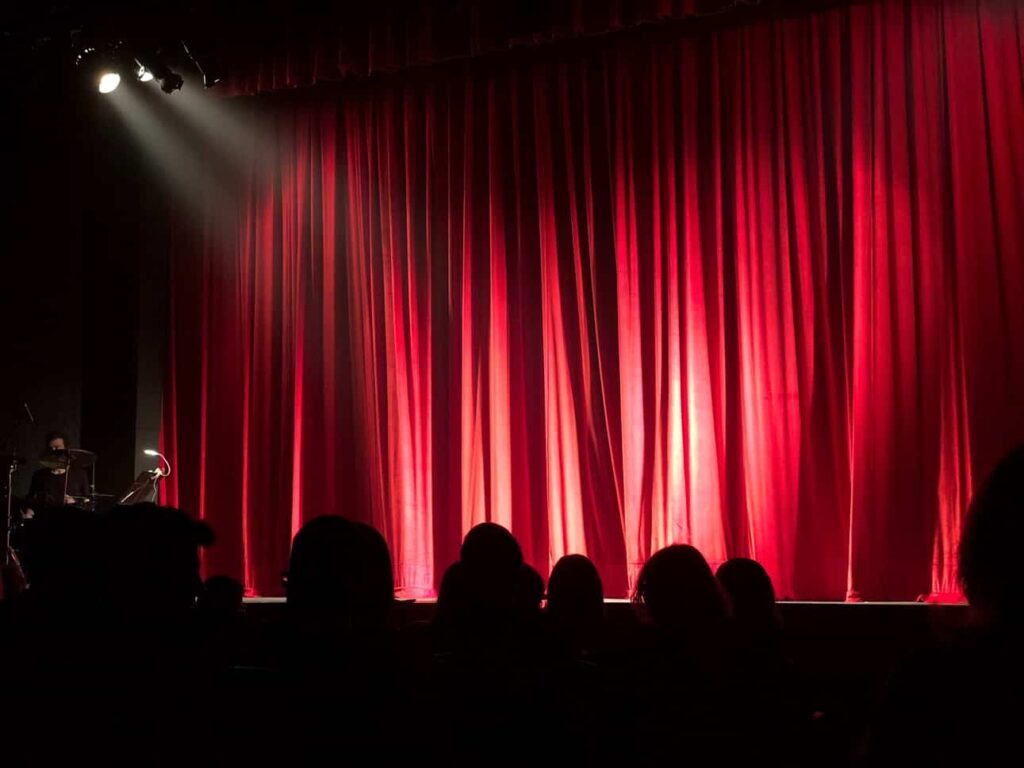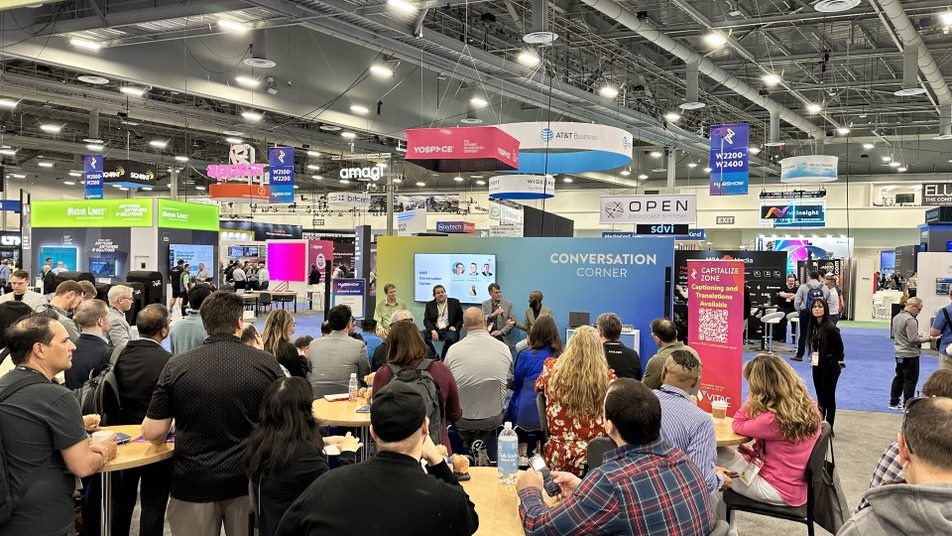 It’s not the answer that some avid proponents of live theater might have expected, but it’s at least one answer Stagetext, a UK-based nonprofit, found in a recent study. According to the nonprofit’s research, as many as 31% of all people would be more likely to attend live events if more events had captions on a screen in the venue. That includes concerts, shows, talks, and theater performances.
It’s not the answer that some avid proponents of live theater might have expected, but it’s at least one answer Stagetext, a UK-based nonprofit, found in a recent study. According to the nonprofit’s research, as many as 31% of all people would be more likely to attend live events if more events had captions on a screen in the venue. That includes concerts, shows, talks, and theater performances.
With live events slowly picking up again, venues once again are looking for ways to increase audiences. And venues that embrace accessibility features like captions might find they have an edge, especially as they look to cultivate appreciation for live arts and entertainment in younger generations.
The number of people who said they would be more likely to attend live events if they came with captions was even higher for younger ages. When the question of whether they would be more likely to attend a live performance if it included captions narrowed to people aged 18-25, 45% said they would, compared to the overall 31% of all people.
While online events with captions may have spurred the popularity of captions (after all, 26% of all people now have captions on some or all of the time), stats indicate a broader trend among younger generations when it comes to embracing accessibility. That’s hardly surprising given the rise of captioned clips and videos across social media platforms and their use, specifically, to view videos in situations where playing a video’s sound may not be available or desired. But the rising popularity of foreign film and TV might also be to thank for the new ubiquitous nature of caption and subtitle watching in younger generations.
Whatever the reason for more people embracing accessibility features, the trend exposes a growing demand that is unlikely to disappear anytime soon. And captioning a live performance or event is easy with a trusted accessibility partner like VITAC. With more than 30 years of industry experience, we offer a wide suite of accessibility solutions, including captioning, audio description, subtitling, transcripts, and dubbing, for a broad range of clients. Contact us to learn more.




